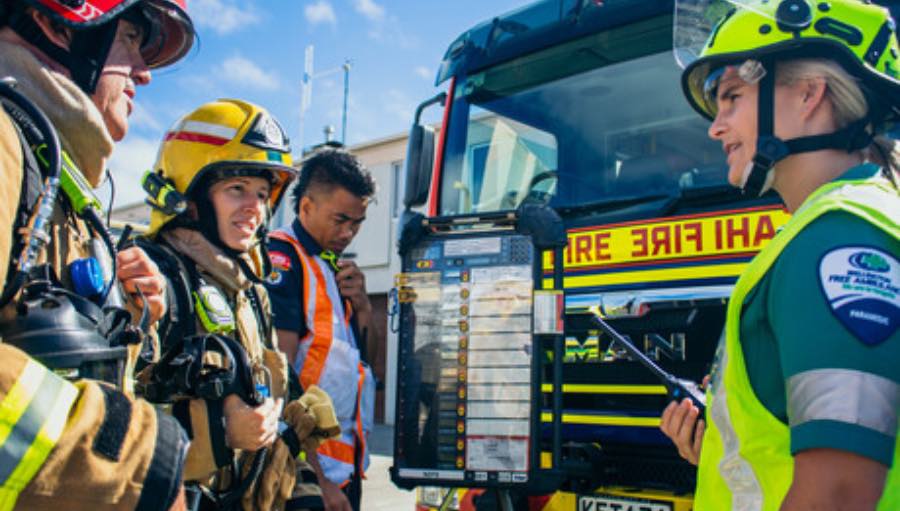
As somebody who helped build out the original First Responder Network Authority (FirstNet) that created the FirstNet network in the United States, it’s exciting to help get another country set up with a nationwide public safety network. So it was pretty darn cool when, back in July, New Zealand’s Next Generation Critical Communications (NGCC) announced its first Public Safety NetworkTe Kupenga Marutau solution — a national network with cellular roaming — was live, and even better, that it was delivered on budget and ahead of schedule. That was a big step in supporting New Zealand’s public safety organisations through providing modern, secure, digital communications that help them stay safe and to serve the community.
I’ve been involved in the Public Safety Network journey for NGCC as a board member from its inception in 2020, and it’s so great that cellular roaming is now actually stood up for the founding four agencies: Police, Fire and Emergency New Zealand, Wellington Free Ambulance and Hato Hone St John. They are all increasingly communicating with video and data and able to do all sorts of data-rich communications, so this new cellular solution is extremely timely to support that evolution.
If you were to look at your mobile phone to see the name of your carrier, first responders in those agencies will now also see the letters “PSN” on the screen of their phone or device showing them they are using the new Public Safety Network. Every device with a special Public Safety Network SIM has seamless connectivity across two major nationwide carriers and users can be confident knowing they have two large cellular communications networks to rely on. That means first responders get whichever cell site and whichever connection is best. They don’t even have to do anything for that to happen — the Public Safety Network does it automatically so they can focus on doing their job.
NGCC has contracted Hourua — a new joint venture of Spark and One NZ — to deliver the Public Safety Network’s cellular services. We’re talking about two major carriers in New Zealand coming together with a single SIM, to provide access to both of their networks for the emergency services. That’s a big deal. So the four major public safety agencies now have the same high level of capability to use a wireless, multi-carrier, public safety cellular network, which is wildly exciting and mirrors many of the improvements that were put in place for FirstNet.
The future evolution for the Public Safety Network’s cellular services is what we refer to as QPP — or quality of service (QoS), priority and pre-emption. That additional capability is scheduled for delivery to the emergency services in late 2024. Priority and pre-emption means first responders will always be the front of the line for a connection, and if the front of the line is busy, the Public Safety Network makes room to put the fire, police or ambulance responder in the right slot to get all of the data and capability they need to operate successfully. Think about the packed stadiums in Australia and New Zealand for the FIFA Women’s World Cup. In a situation like this, no matter how many people are in a stadium, if there’s an emergency or a disaster, or even if somebody happens to have a heart attack in the crowd, New Zealand’s first responders are now better supported through the Public Safety Network to communicate.
It really is a monumental time, and what is exciting to me is that New Zealand is not far behind what was done for FirstNet. It is in a leadership position, and way ahead of more than 200 countries around the world that do not yet have a national public safety network. Back in my public safety service days, police, fire and ambulance often had separate radio systems, separate paging devices; they didn’t always talk to each other. Now, with one nationwide network that serves police, fire and ambulance — and others in the future — this will only become easier and that’s good for all first responders and the public.
Every year there’s more and more communication capability emerging, but while first responders deserve the best technology, we’re often giving it to them last. I think the best technology should be given to first responders first, because that technology helps keep them safer and better empowers them to save lives and to make a difference in their communities. I’m proud to have a small part in trying to help make that happen and I look forward to the continued success of the Public Safety Network in New Zealand.
